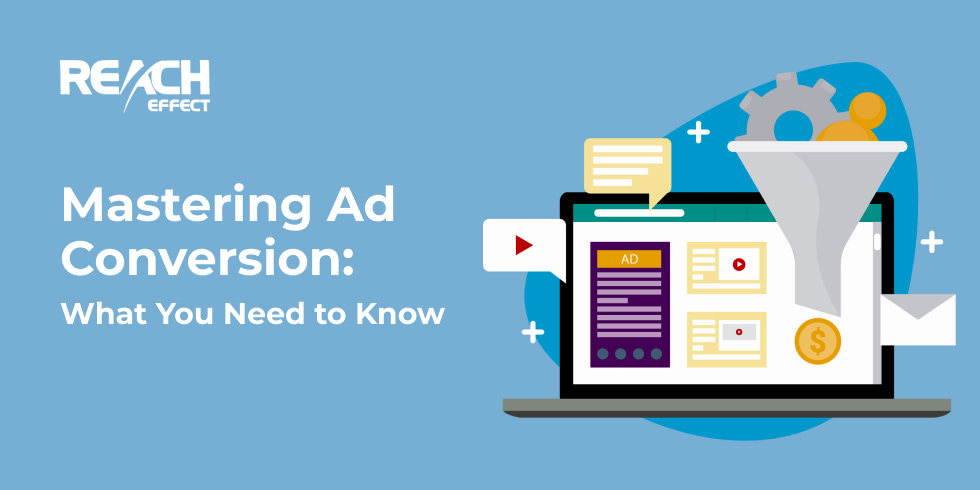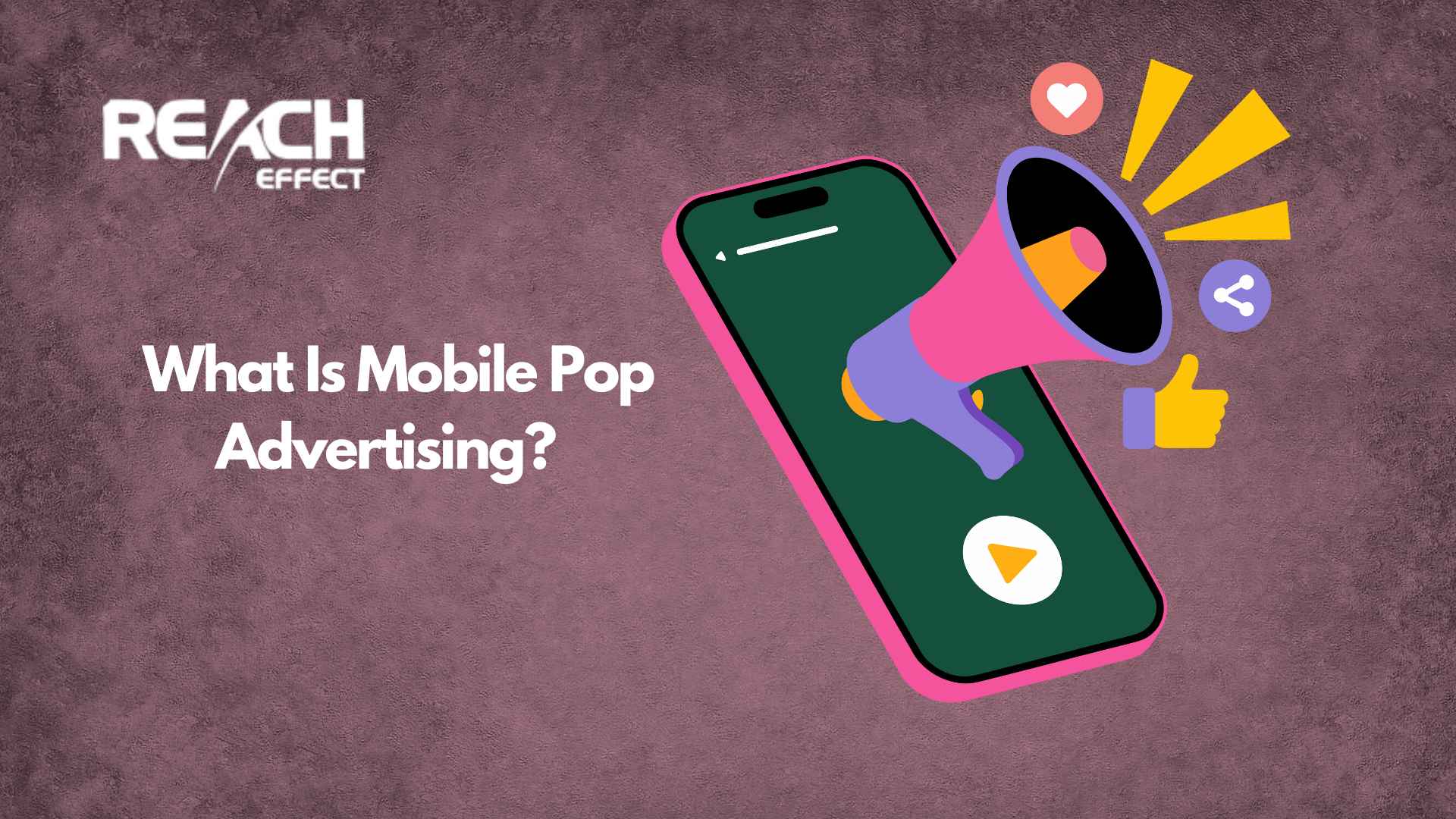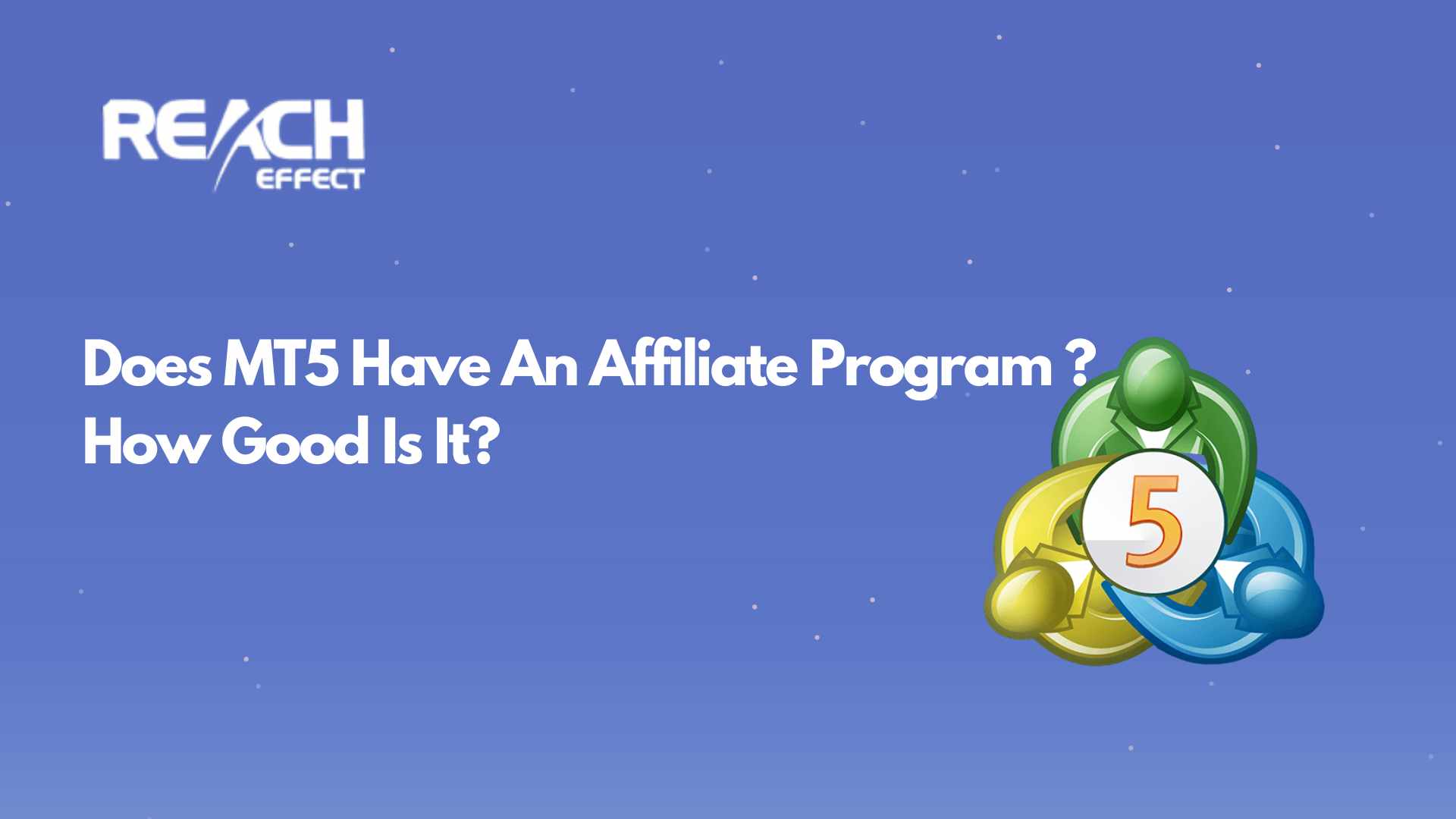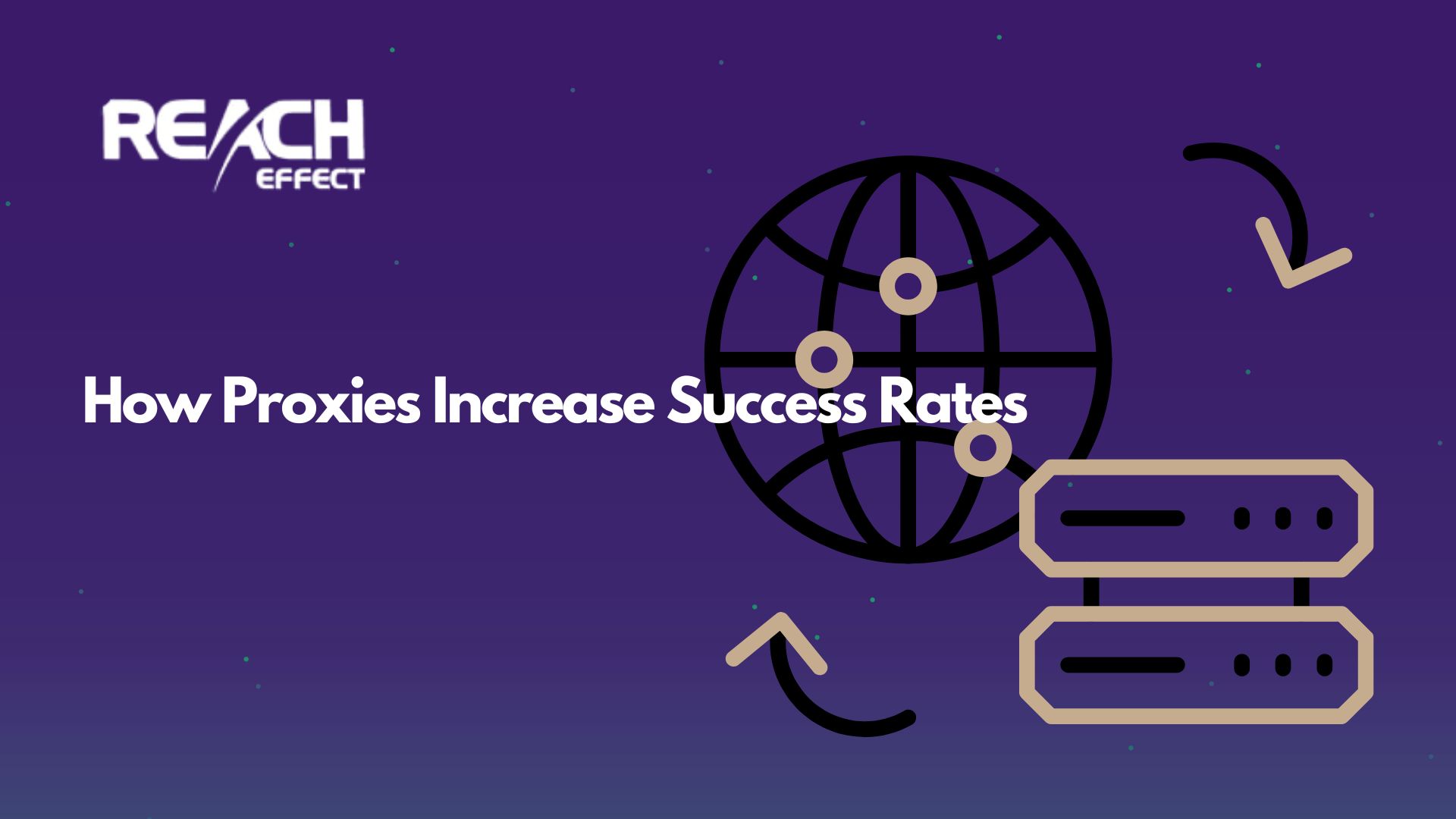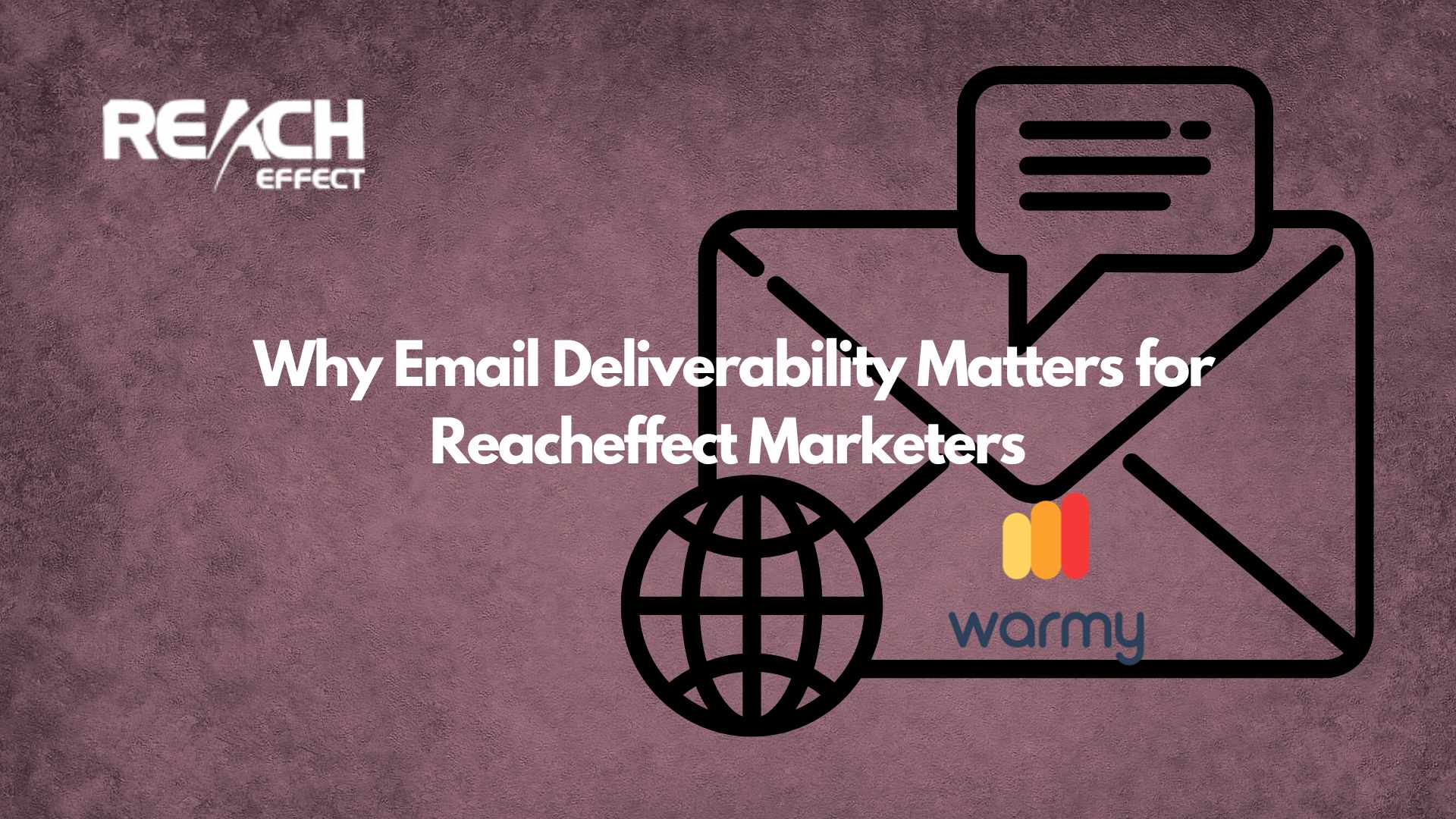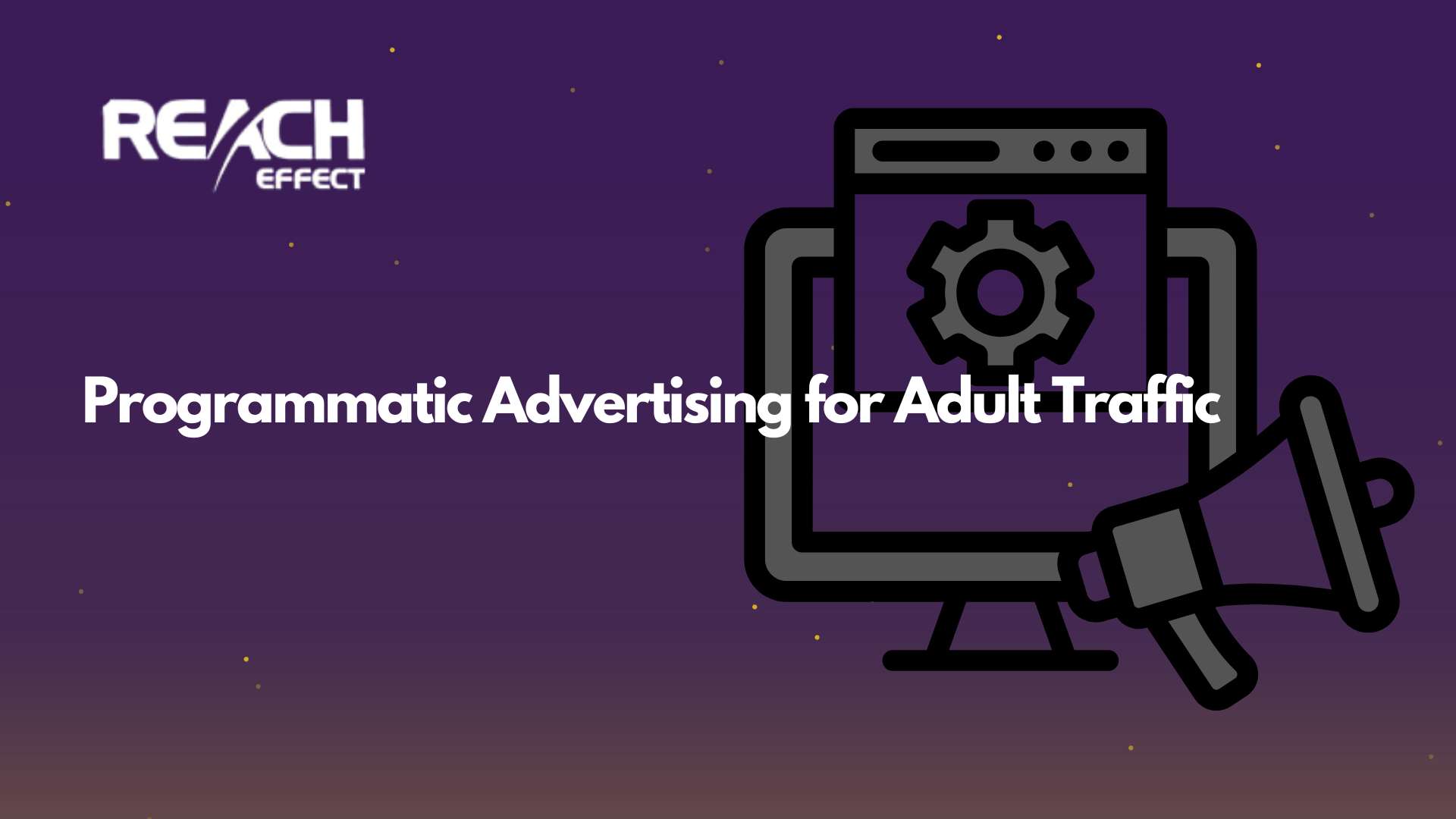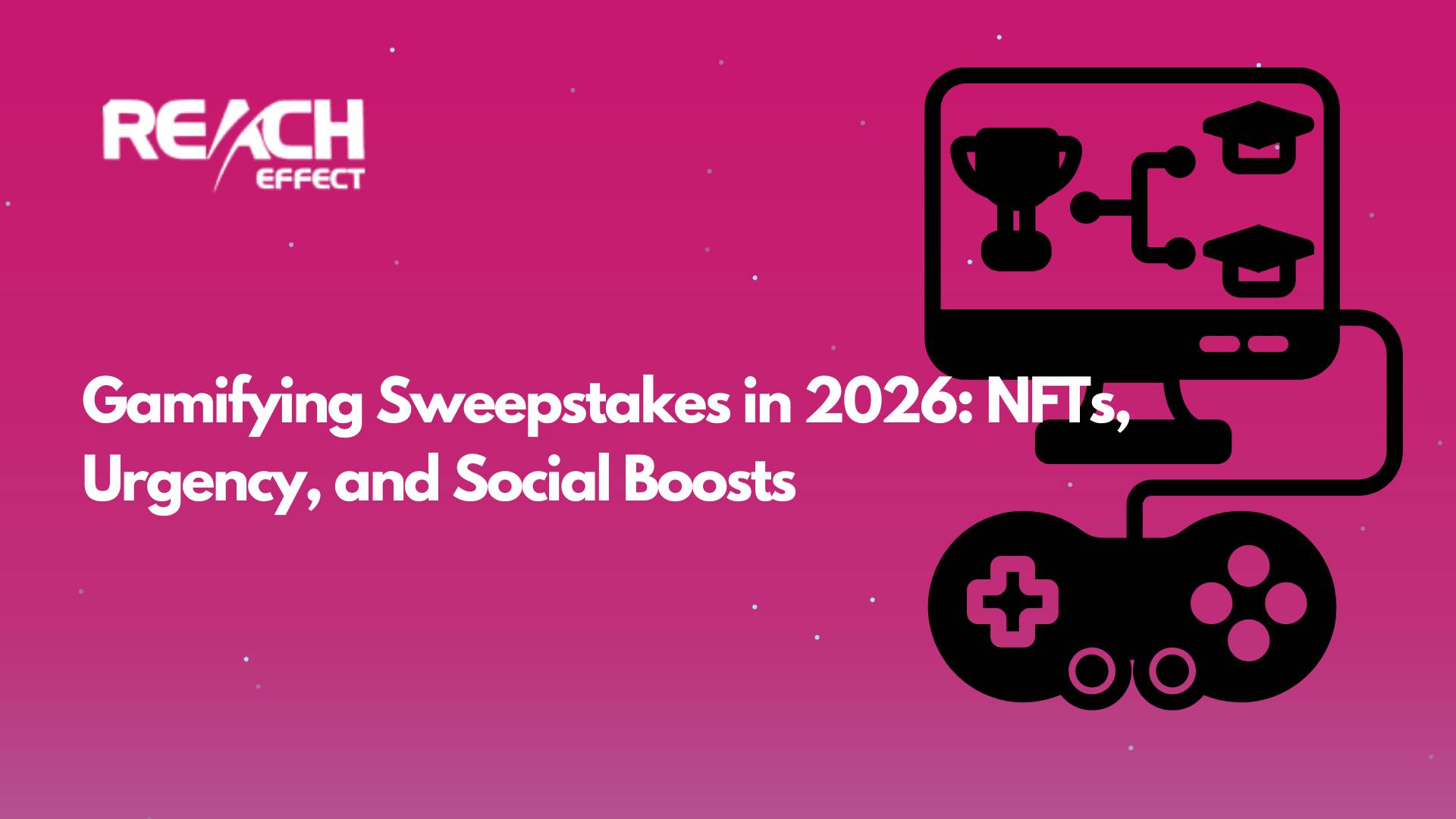In the bustling world of digital advertising, learning about ad conversion is the key to success. Whether you’re a professional marketer or just diving into the online realm, comprehending the ins and outs of “what is ad conversion” is extremely important. Our guide is your ticket into the complex e-marketing domain.
Thank you for reading this post, don't forget to subscribe!Dive deep into the tactics and methods to help turn clicks into clients. Every aspect plays a huge part in driving conversions. Therefore, with the right knowledge, you can invest your money correctly. And as a consequence, you will get a competent return.
Understanding Conversion: A Brief Overview
You probably want to know, “What is conversion?” Essentially, it is when a prospect transitions into a customer. A passive observer transforms into an active participant.
At its core, conversion definition is the realization of an objective – attracting, persuading, and cultivating leads. It manifests effective communication, value proposition, and seamless UX. Every instance reflects a thriving alignment of interests between you and your clients. It may involve:
- Making a purchase;
- Subscribing to a service;
- Filling out a form, etc.
This process encompasses diverse channels, contexts, and goals. From e-commerce transactions to lead-generation activities. Each scenario offers unique details about the psychology of decision-making and the influence of external factors. You must recognize these nuances to devise plans fostering loyalty and sustainable development.
The Role of Ad Conversion in Digital Marketing

Ad conversion is a metric that can help you shape plans and distribute resources. Conversion represents the culmination of tailored advertising initiatives. The prospects transition from passive to active participants, enacting the necessary steps. It can be a buy, subscription, download, or any other engagement.
Its significance lies not only in its quantitative value but also in its qualitative implications. Beyond mere numbers, it can tell you about your consumer behavior, preferences, and motivations. So, you can refine targeting techniques and adjust ad creatives.
Moreover, conversion in digital marketing serves as a key performance indicator for assessing the ROI. By monitoring its rates, cost per conversion, and income generated, you can evaluate the efficacy and profitability of your endeavors.
Key Factors Influencing Ad Conversion Rates
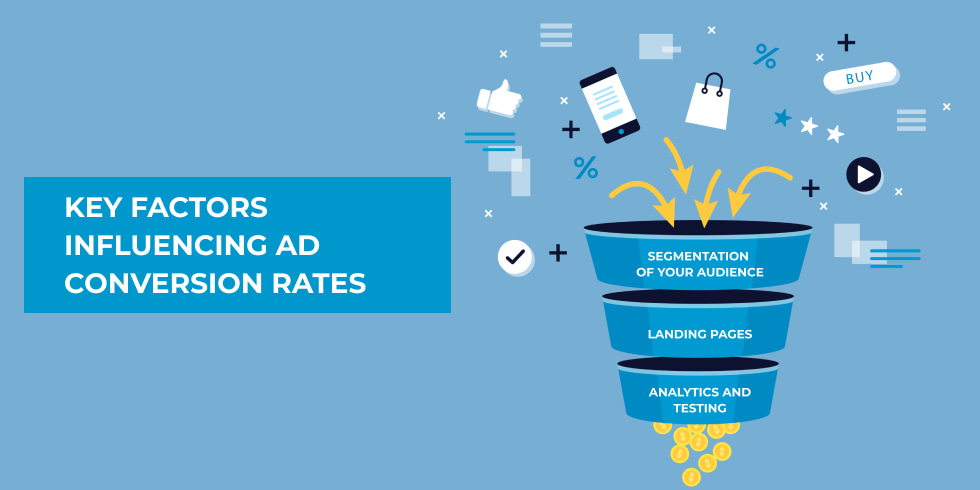
We can all agree that ad conversion is the ultimate validation of promotional initiatives. There are a few things you can do to optimize your conversion rate:
- The first one is the segmentation of your audience. It gives you the possibility for more applicable and personalized messaging. Also, you need to craft interesting materials to capture the attention of your clientele.
- Ad conversion often depends on the layout and capabilities of the landing pages. Another influencing point is the systematic placement of ads across relevant sources. You have to understand buyers’ peak engagement times and platform preferences.
- Remember that regular analytics and testing are essential as well. Reacheffect can help you with all these aspects. We offer robust features for tracking, analyzing, and strengthening your ad impact. We’ll guarantee you the highest ROI. No matter what your objectives are, we’ll solve any problem you have within 24 hours.
Conclusion
There’s no doubt that mastering ad conversion is a must in digital marketing. You need to comprehend the basic aspects influencing the rates to maximize your endeavors. However, navigating the complexities of conversion requires strong instruments and knowledge. It is where Reacheffect emerges as an invaluable asset. We will supply you with advanced analytics and actionable recommendations. By using our capabilities, you can uncover possibilities and continually improve efficiency.
[insert-buttons] [/insert-buttons]

